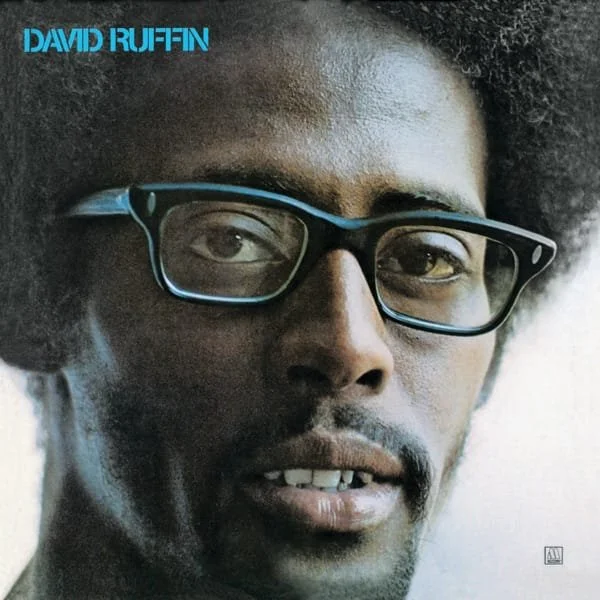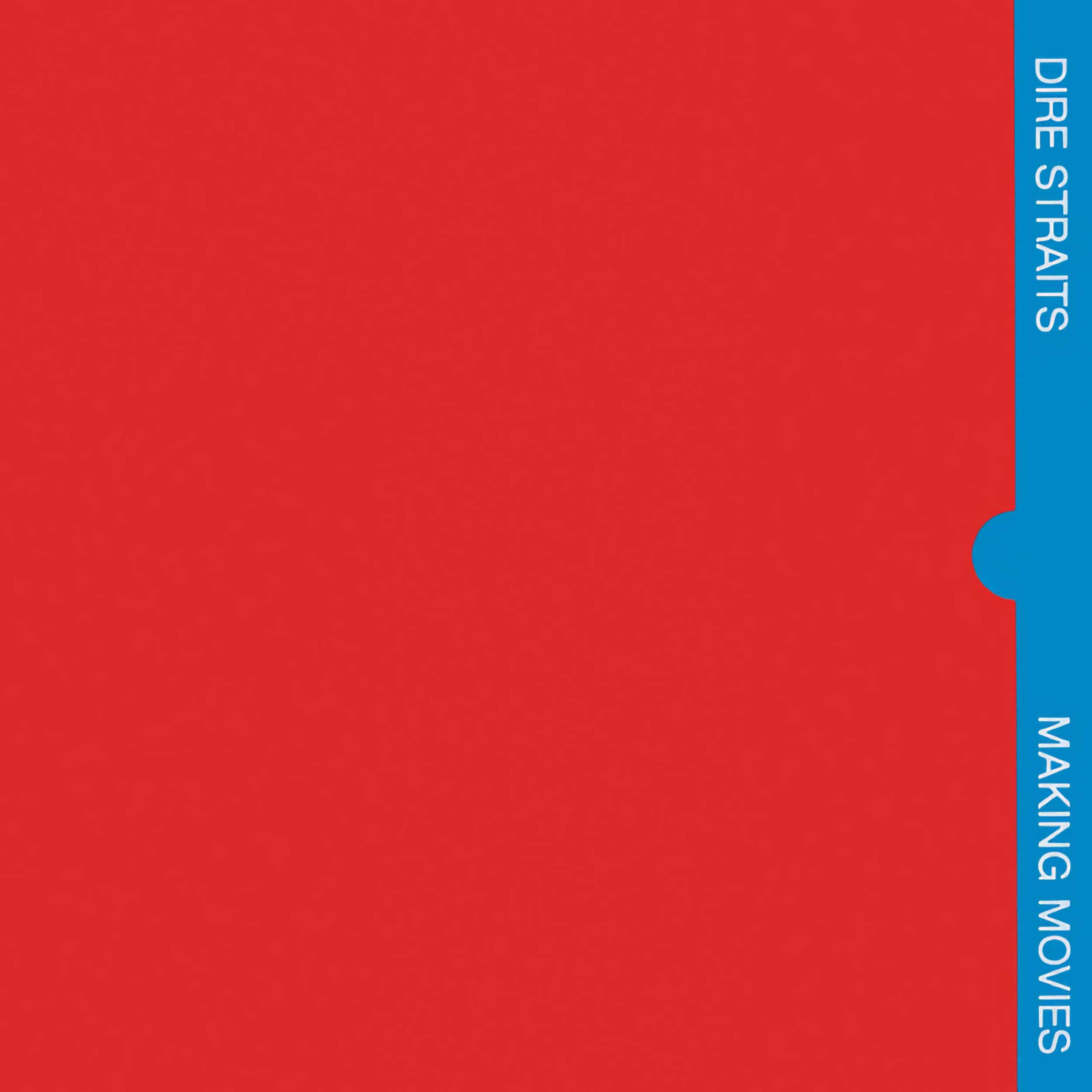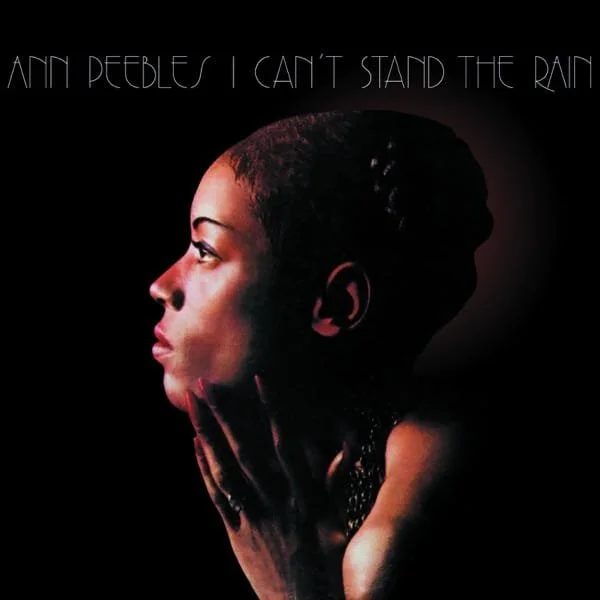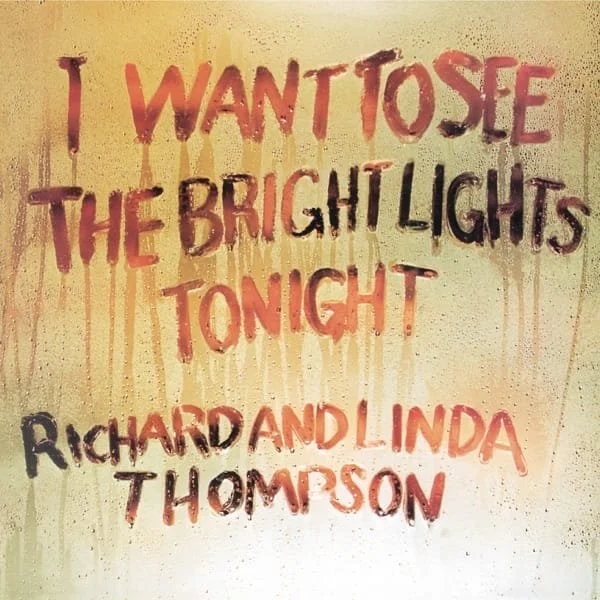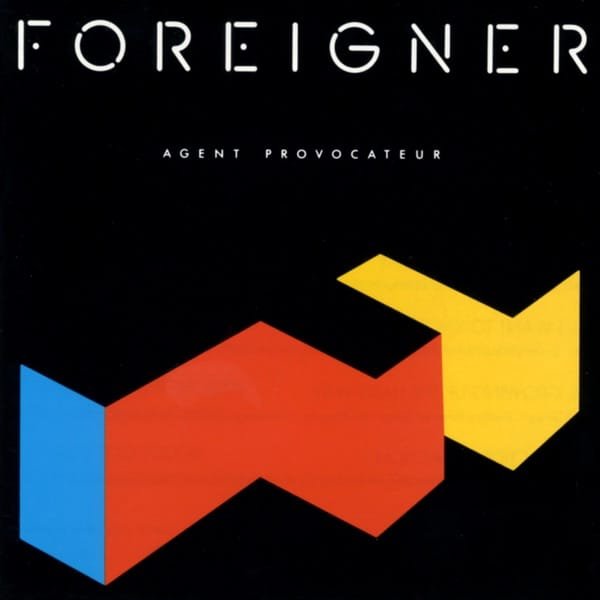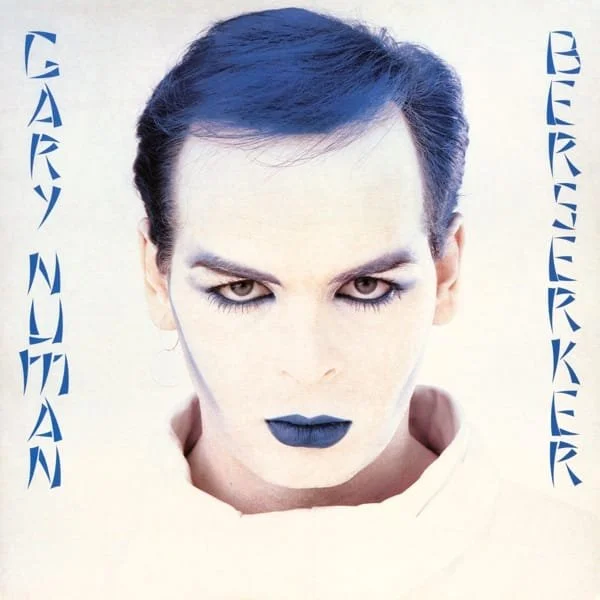The Best Albums, From All Genres, Of 1987
In 1987, the music world was alive with creative momentum as artists leaned into their creativity and polished production standards, with albums increasingly becoming bold statements of identity rather than merely a collection of songs. At the same time, radio-friendly singles, by the biggest names, were complemented with captivating music videos, which, outside of live performances, became the primary way music lovers discovered new music.
The diversity of music released during this year reflected a remarkable sense of creative freedom. From hard-edged rock to synth-driven pop, and everything in between, genres blurred as musicians fused influences from across styles. Add in a healthy dose of swagger, irresistible hooks, and modern production techniques, and what was captured was not only earworm-inducing but confident and commanding of one’s attention.
At Subjective Sounds, our Best Albums Of 1987 list doesn’t just celebrate the big hits; it highlights the albums that defined the era’s spirit while retaining a timeless and subjectively pleasing quality. Your ranked list may differ, but one thing is certain: 1987 was a year when artists proved they could evolve and adapt, while still creating something unforgettably unique.
Ranked from best to almost the best, but not quite. Although, depending on your subjective preferences, you may prefer a different order, omit some, or even ponder some that are not included. Trust me, I’ve changed the order countless times because determining the best albums often depends on how one feels at any given moment. Either way, let’s simply enjoy the best music from 1987.
1. Michael Jackson – Bad
Bad was more than just Michael Jackson’s follow-up to Thriller; it was a confident, meticulously produced, and creatively daring record that blends pop, R&B, rock, and funk into a seamless and electrifying experience. Every detail, from the polished production to Jackson’s commanding performances, reflects a perfectionist at the peak of his creativity.
While Bad is most certainly an album experience, and one of the best from 1987, its lasting appeal is due to more than just its era-defining success for the record-breaking single release schedule, resulting in five number one hits, ensured Jackson became even more immersed in the zeitgeist than he had ever been before. Even decades later, Bad feels fresh with a musical experience that cemented Michael Jackson’s place as one of the most influential artists of all time.
Check out the full review for a more detailed overview of Michael Jackson’s Bad.
2. Guns N' Roses – Appetite For Destruction
Upon its release, Appetite For Destruction didn’t just make an impact; it redefined hard rock itself. Selling over 30 million copies worldwide, Guns N’ Roses’ debut captured the raw, rebellious energy of a generation while setting a new standard for what hard rock could be.
Blending elements of glam, blues, and raw street-level grit, the album stood apart from its peers with unfiltered emotion, untamed aggression, and a sense of danger that few bands could match. Even decades later, Appetite For Destruction remains as vital and menacing as ever.
Check out the full review for a more detailed overview of Guns N' Roses’ Appetite For Destruction.
3. Whitesnake – Whitesnake (Self-Titled)
Arriving at the peak of the hair-metal era, Whitesnake balances heavy-metal grit with glam polish and sets a high bar for what 1980s rock albums could achieve. As the band’s most commercially successful release (with over 25 million units sold worldwide), it lives up to the hype. While it may sometimes feel underrated, when you listen closely to the raw energy, confident execution and arena-ready songwriting, it makes it hard to ignore just how essential this record is.
While there are numerous hit songs to select from, Whitesnake works best as a full album experience, that is, if you can decide which sequenced offering you prefer, as original releases differed between regions. Nevertheless, David Coverdale’s commanding vocals combine with masterful musicianship to deliver a timeless record that is among the greatest albums of the era.
Check out the full review for a more detailed overview of Whitesnake’s self-titled Whitesnake.
4. ICEHOUSE – Man Of Colours
Man Of Colours stands as the crowning achievement of Icehouse’s storied career. Dominating the charts for 11 weeks and going 7x platinum in Australia, Man Of Colours ultimately cemented Icehouse’s place in music history, particularly the pop-rock era of the late 1980s.
With a shift toward a more polished, radio-friendly synth-pop sound, Man Of Colours showed the band’s refined production and songwriting with every aspect of this release, from its shimmering melodies to its iconic cover art, portraying the band’s growing confidence and creative maturity. Of course, Icehouse has long been more of a creative vehicle for founder and frontman Iva Davies, but Man Of Colours is amongst his most collaborative.
Beyond its chart-topping singles and commercial acclaim, Man Of Colours remains a deeply rewarding listen, one that every music lover should hear at least once.
Check out the full review for a more detailed overview of Icehouse’s Man Of Colours.
5. INXS – Kick
Few albums define Australian music on a global scale quite like Kick, INXS’s 1987 masterpiece. Blending rock, pop, and funk-driven rhythms with immaculate production, Kick captures the band at the absolute height of their creativity.
Selling over 20 million copies worldwide, it stands as both a commercial triumph and a timeless artistic statement where every track feels essential. From the instantly recognisable balladry of “Never Tear Us Apart” to the groove-laden swagger that drives the album’s core, INXS didn’t just refine their sound — they perfected it.
Check out the full review for a more detailed overview of INXS’s Kick.
6. Midnight Oil – Diesel And Dust
Diesel And Dust is a landmark release from Midnight Oil, widely regarded as their defining work, and arguably one of the greatest Australian albums ever made. From its passionate lyrics and potent themes to the album’s musical craftsmanship, Diesel And Dust delivers a record that is not only of its time but remains socially and politically relevant in the modern era.
What also makes Diesel And Dust so appealing is its consistency. Every track earns its place, whether through raw intensity or an introspective atmosphere. The result is a record that is a complete album experience rather than a collection of singles and album-only tunes. As such, Diesel And Dust is not only an essential listen but is best heard in its original linear structure.
Check out the full review for a more detailed overview of Midnight Oil’s Diesel And Dust.
7. Deep Purple – The House Of Blue Light
The House Of Blue Light is one of Deep Purple’s most unexpected and pleasurable releases. Though rooted in the 80s soundscape, the album still rocks with commanding riffs, a textured musical bed, and Ian Gillan’s distinctive vocals, making it undeniably Deep Purple, even if it is a little different to their 70s classics.
While some may be put off by the era-specific production style, to dismiss it purely for that aspect would be to overlook a deeply enjoyable record that flows impressively from beginning to end.
Check out the full review for a more detailed overview of Deep Purple’s The House Of Blue Light.
8. Alice Cooper – Raise Your Fist And Yell
Coming off the strength of Constrictor, Raise Your Fist And Yell carried even more energy, aggression, and theatrical menace. It’s a bold, unapologetic album that reflects Cooper’s revitalised drive while embracing the heavier, darker tones of the era.
Despite never achieving mainstream success, it’s amongst Cooper’s most underrated albums and is filled with compelling rhythms, blisteringly aggressive guitar tones, and his signature theatrical storytelling.
The result is that Raise Your Fist And Yell is a must-listen for not only Alice Cooper fans, but those with an interest in 80s hard rock.
Check out the full review for a more detailed overview of Alice Cooper’s Raise Your Fist And Yell.
9. Aerosmith – Permanent Vacation
Aerosmith’s Permanent Vacation marked a bold turning point for the band as they embraced a sleeker, radio-ready sound while still holding onto the grit that had made them legendary. It’s an album that wears its late-80s gloss proudly, with big choruses, sharp production, and the kind of attitude only Aerosmith could deliver.
Across the album, Aerosmith balances swaggering rockers with infectious, radio-friendly hooks and a masterful ballad that made Permanent Vacation a timeless release. It’s a record full of energy and attitude, with a consistency that proved the band wasn’t just surviving the decade but thriving within it.
More than just a commercial revival, the album stands as one of the strongest entries in their back catalogue and a clear reminder of their ability to shift and adapt to changes within the music industry and culture in general.
Check out the full review for a more detailed overview of Aerosmith’s Permanent Vacation.
Honourable Mentions (In Alphabetical Order)
These are albums from 1987 that I appreciate but don’t feel are the best of the best. However, there’s some killer music to be heard here, so load up your favourite streaming service and give them a listen, for our music tastes are subjective and you may just come across an album that you consider a masterpiece.















































































































